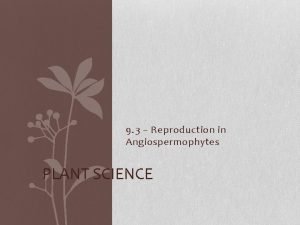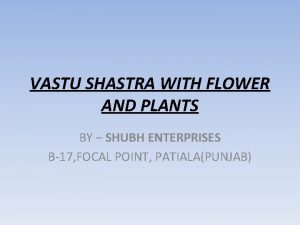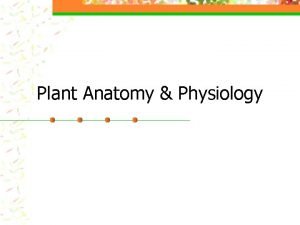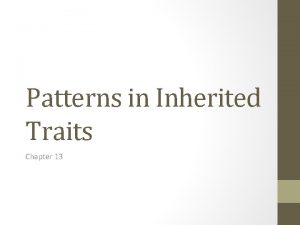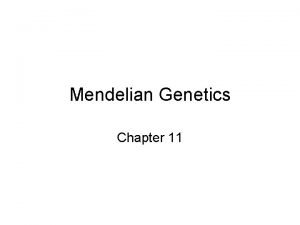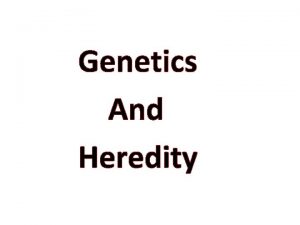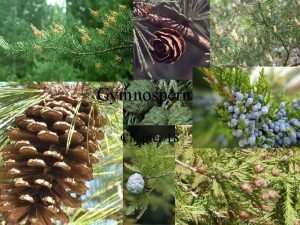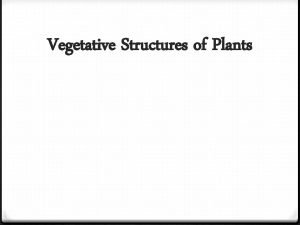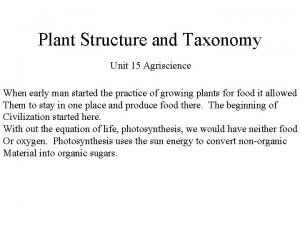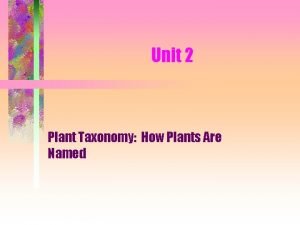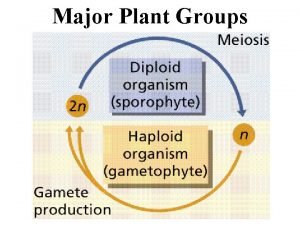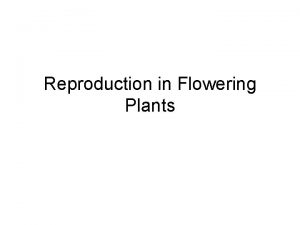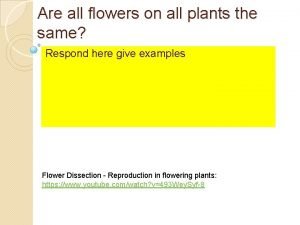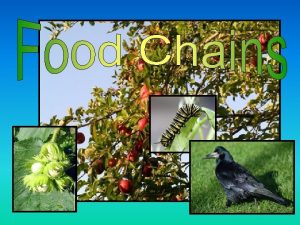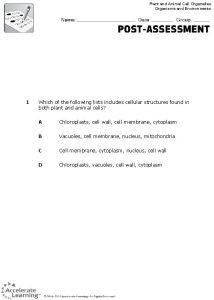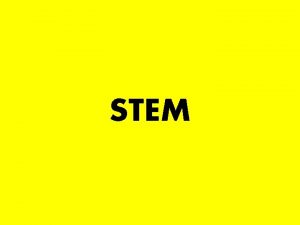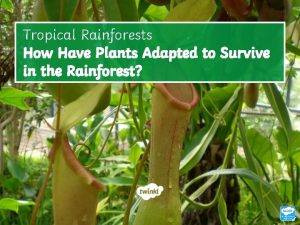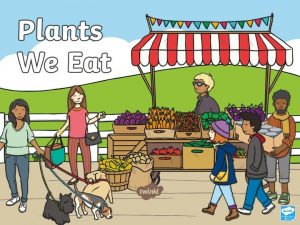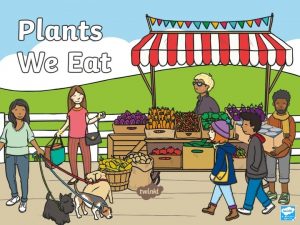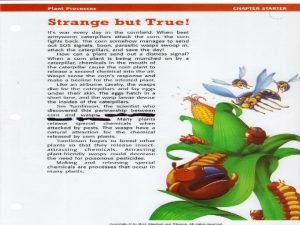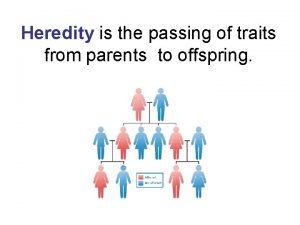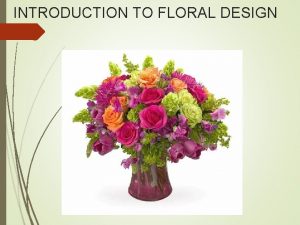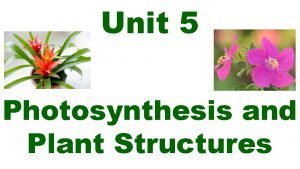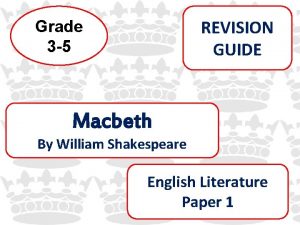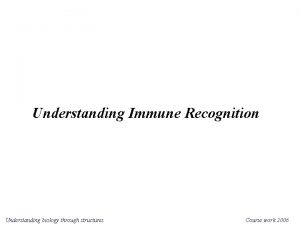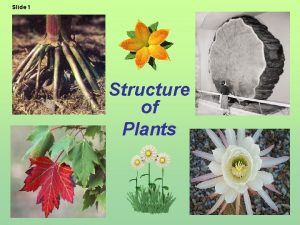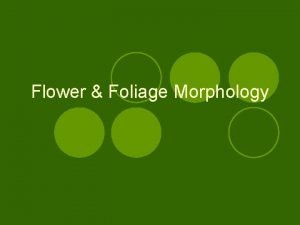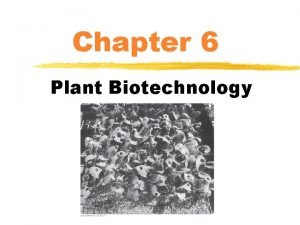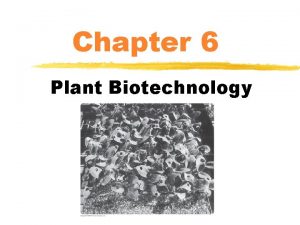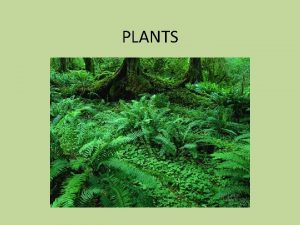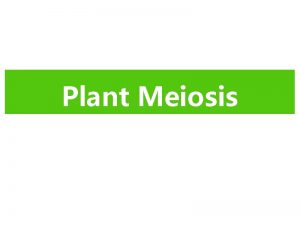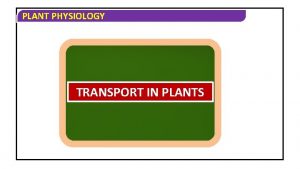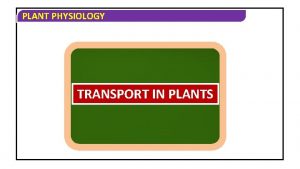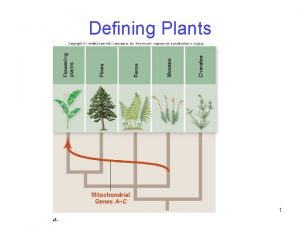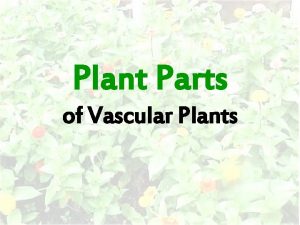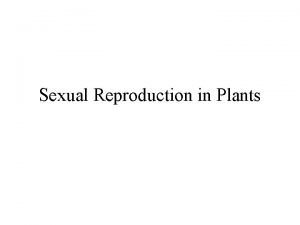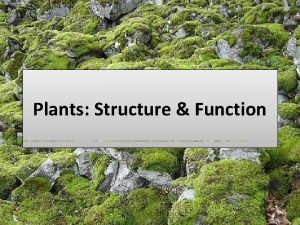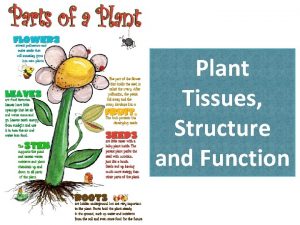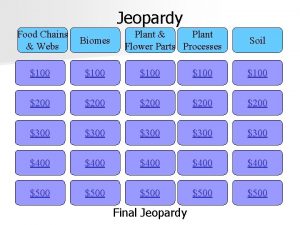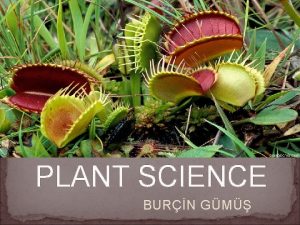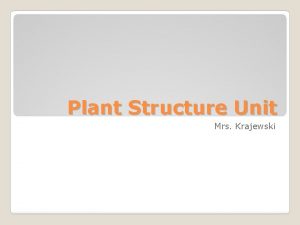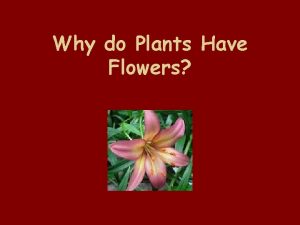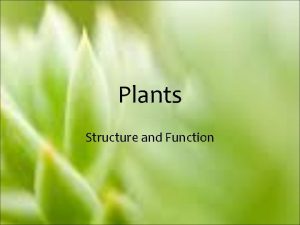Plant Structure Plants have 4 major structures flower


















































- Slides: 50

Plant Structure

Plants have 4 major structures: flower stem leaf roots

Roots

Functions • anchors plant

Functions • absorbs and transports water and minerals

Most absorption takes place at the root tips which are covered with root hairs Mycorrhizae

Root Types Tap Roots Fibrous Roots

Tap Root - one main root - grows straight down to find deep water - Example: dandelions

Some store food

Tap Roots

Fibrous root - several roots from the base of the plant’s stem - get water close to the surface - Example: grass

Fibrous Roots

Roots





STEMS

Functions • Support leaves and flowers

Functions • Transport water, minerals, food

Functions • stores water and minerals as sugar or starch

Stem types • Herbaceous stems - soft, thin, flexible - usually green

Stem Types • Trees and Shrubs - hard and rigid - self supporting

Stem Types • Vines - slender, woody - need support

Herbaceous, Tree & Shrub, Vine?

Herbaceous, Tree & Shrub, Vine?

Herbaceous, Tree & Shrub, Vine?

Herbaceous, Tree & Shrub, Vine?

Nodes • Place where leaves attach to the stem

Node Arrangements – provides leaves with most sunlight

Alternate • One leaf per node

Opposite • Two leaves per node

Whorled • Three or more leaves per node

Alternate, Opposite, Whorled?

Alternate, Opposite, Whorled?

Alternate, Opposite, Whorled?

LEAVES

Function • Absorb sunlight to make food

Function • Bring in CO₂ and release O₂ (breathing)

Parts of a Leaf

Blade • Flat, broad section; contains cells for photosynthesis

Veins • Tube-like structures that carry nutrients

Petiole • Stalk that connects leaf to the stem

A deeper look…

• Epidermis – thin layer of cells that protect the leaf • Cuticle – waxy coating to reduce water loss

• Stomata – small openings in leaves for gas exchange • Guard cells – open and close stomata

Parts of a leaf

Parts of a leaf

Adaptations • leaves of cactuses are modified as spines

Adaptations • leaves of carnivorous plants catch and digest insects
 Lotus flower anatomy
Lotus flower anatomy Spider plant benefits as per vastu
Spider plant benefits as per vastu Homologous structures definition
Homologous structures definition Vascular plants
Vascular plants Non vascular plants
Non vascular plants Non flowering plants classification
Non flowering plants classification C3 plants vs c4 plants
C3 plants vs c4 plants 6 faces and 8 vertices
6 faces and 8 vertices Parts of a plant foldable
Parts of a plant foldable Pea plant flower color
Pea plant flower color Incomplete dominance definition
Incomplete dominance definition Punnett square
Punnett square Parts of stem and their functions
Parts of stem and their functions Megasporen
Megasporen Vegetative structures of a plant
Vegetative structures of a plant Unit 15 plant structures and taxonomy
Unit 15 plant structures and taxonomy Unit 2 plant taxonomy how plants are named
Unit 2 plant taxonomy how plants are named Plant organs
Plant organs Major plant groups
Major plant groups Plant introduction in plant breeding
Plant introduction in plant breeding Plant introduction in plant breeding
Plant introduction in plant breeding Plant introduction in plant breeding
Plant introduction in plant breeding Tronsmo plant pathology and plant diseases download
Tronsmo plant pathology and plant diseases download Tronsmo plant pathology and plant diseases download
Tronsmo plant pathology and plant diseases download Tronsmo plant pathology and plant diseases download
Tronsmo plant pathology and plant diseases download Plants have male and female parts
Plants have male and female parts Which seedless plants have been used to treat bee stings
Which seedless plants have been used to treat bee stings Do all flowers have male and female parts
Do all flowers have male and female parts Every living plants and animals must have
Every living plants and animals must have Animal cells
Animal cells Plants with soft green stem
Plants with soft green stem How have plants adapted to the rainforest
How have plants adapted to the rainforest Why do plants have different parts
Why do plants have different parts Why do plants have different parts
Why do plants have different parts Are cell walls prokaryotic or eukaryotic
Are cell walls prokaryotic or eukaryotic Living things that have leaves and roots
Living things that have leaves and roots Why are seedless vascular plants important
Why are seedless vascular plants important Plants called sundews have rounded green leaves
Plants called sundews have rounded green leaves Embryo in flower
Embryo in flower Pride of barbados flower diagram
Pride of barbados flower diagram The parts of a seed and their functions
The parts of a seed and their functions Flower structure
Flower structure Definition of florist
Definition of florist Male plant reproductive system
Male plant reproductive system Internode
Internode I have begun to plant thee
I have begun to plant thee Major histocompatibility complex structure
Major histocompatibility complex structure Major histocompatibility complex structure
Major histocompatibility complex structure Part of flower that produces pollen
Part of flower that produces pollen Structure that will become the fruit
Structure that will become the fruit Plant ground tissue
Plant ground tissue
